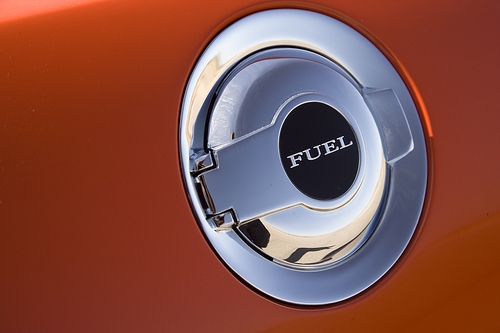
Slotting neatly between the Ford F-150 and Chevy S-10, Dodge's Dakota was introduced in 1987 as the everyman's pickup truck. Although a generally reliable platform, the Dakota isn't free of its share of gremlins. This article focuses mainly on the V6 and V8 variations, but most of the same things could be said for the four cylinders once offered with this chassis, since four-banger technology was about on par with V8s for the time.
Particularly prevalent in the 4.7L V8, the first sign of aging for most Dakota's is a gradually worsening idle. This has been attributed to a number of factors, but is usually a dirty or malfunctioning Idle Air Control Valve. This valve is found on the throttle body or intake, and should be cleared out regularly with carburetor cleaner. Some generations of engines are also prone to spark plug fouling, so consider removing and cleaning yours every 10K miles or so.
All fuel contains a certain amount of contaminants that will slip past the filters to lodge in the fuel injectors. Due to some inherent design flaw, the Dakota's injectors seem to clog up long before they should. If you experience hesitation under full throttle, bucking under cruise or rapidly worsening fuel economy, consider running a fuel detergent like Sea Foam or Marvel Mystery Oil for a few tank-fulls.
Though it may have more to due with operating abuses than any inherent design flaw, many Dakotas have experienced gradual failure of the Crankshaft Position Sensor. Although by most standards this sensor is adequately shielded from water, more than a few have found their demise after repeated soakings. Symptoms include hard starting, flashing dash lights, and random shut-down.
Dakotas were among the first vehicles offered with the sort of automatic shut-down used on tractor-trailers for decades. This feature disables the vehicle if the sensors report that it is far out of spec in temperature or air/fuel ratio, amongst other things. If the truck refuses to start, check the shut-down fuse condition before pronouncing it terminal.
Water leakage may be more a function of how these trucks are used than how they are designed, but many owners report electronic failure in the engine bay due to standing water near the firewall and water leakage elsewhere. Although some have decried Dodge's weather-tite connectors as anything but, the simplest solution is to do your best to keep the engine dry.